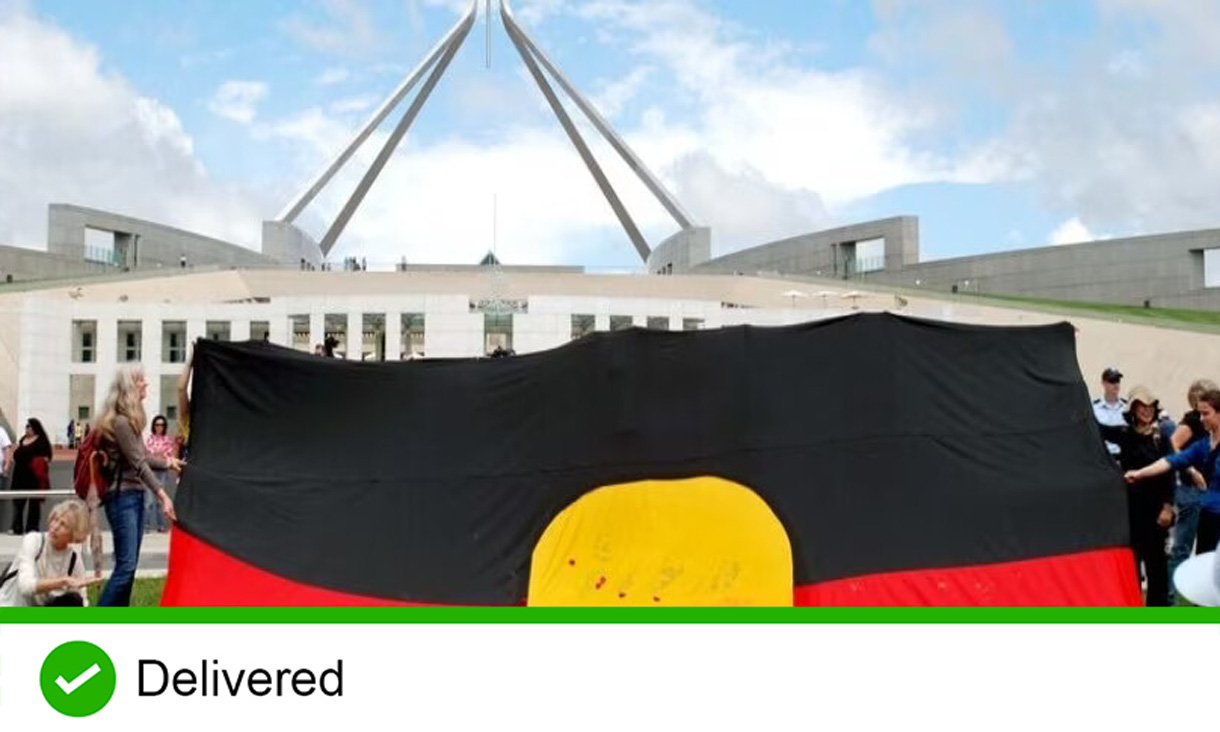Professor of Economics at the University of South Australia and water policy expert Lin Crase told the promise tracker the Basin Plan was devised to return water to the environment to offset the impacts of water diversions to dams, irrigation and other uses.
Under the plan, this would in part be achieved via "voluntary buy-back schemes where only those willing to sell would offer their water to the Commonwealth," he said.
In addition to water buybacks, the plan called for a further 450 gigalitres of "environmental water" to be returned to the basin's river system through "water saving projects" funded by the Commonwealth and managed by the states and territories, Professor Crase added.
Under the Basin Plan, this target should be achieved by June 30, 2024.
According to the Parliamentary Library, the additional environmental water flow was a compromise negotiated by the federal government to satisfy the South Australian government, which argued for higher allocations of water in the system than their upstream NSW and Victorian counterparts.
During the press conference, Mr Albanese said South Australia had been "promised" the 450 gigalitres and the state's agreement to the plan was contingent on its delivery.
"If you don't have those environmental flows, the system will die. That is why it is so important for South Australia that we deliver on the 450 gigalitres, and that is precisely what federal Labor will do," he said.
The Department of Climate Change, Energy Environment and Water reports on the progress of targets set under the basin.
As of July 31, 2022, just 2 gigalitres of the 450 gigalitre target of environmental water had been achieved.
In a March 2020 review of funding for the environmental water allocation required under the legislation, an independent panel said it was "not realistic" that the deadline would be met.
"The volume of water recovered through efficiency measures programs and transferred to the Commonwealth at 30 June 2024 will be well short of 450 gigalitres," the report reads.







